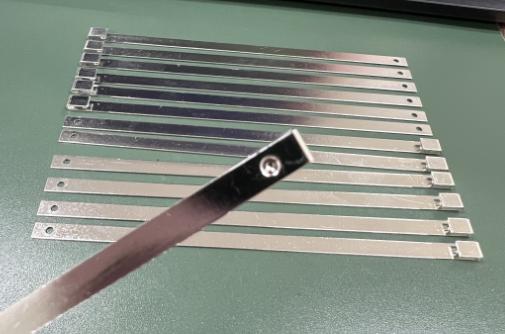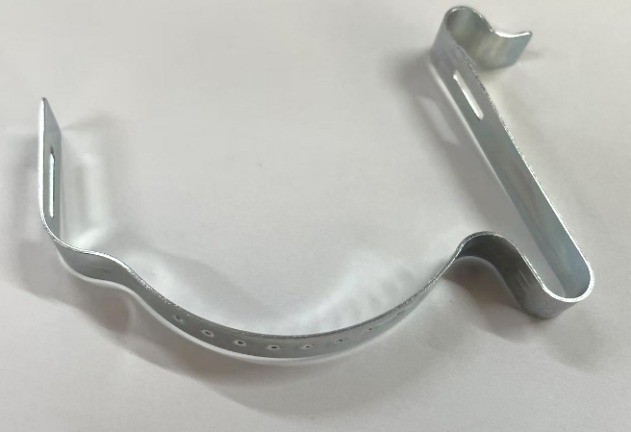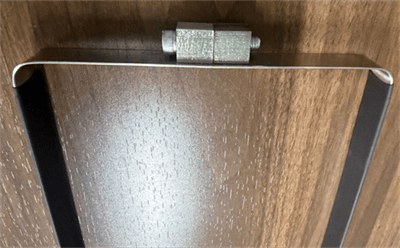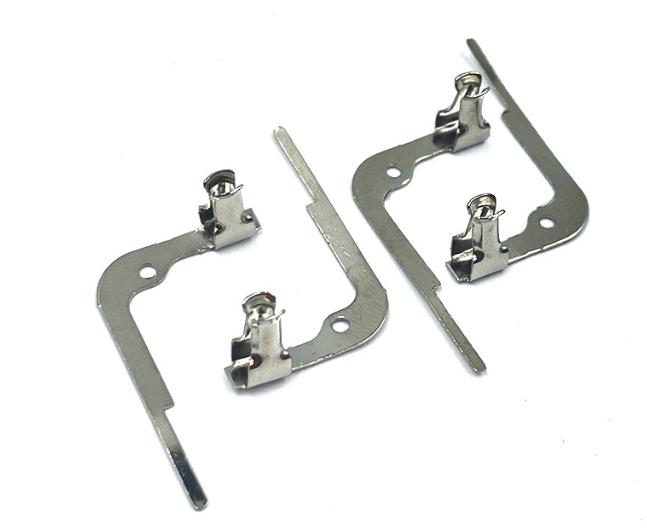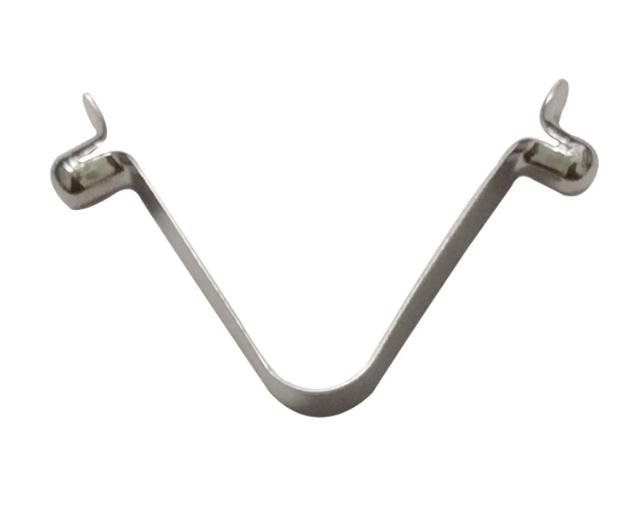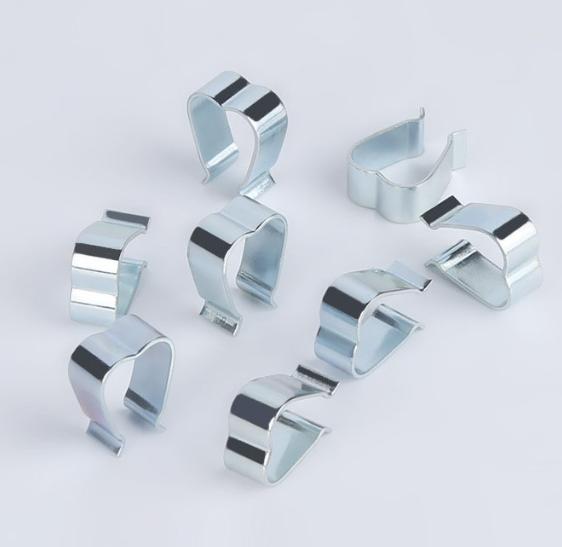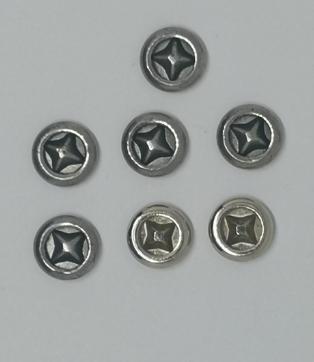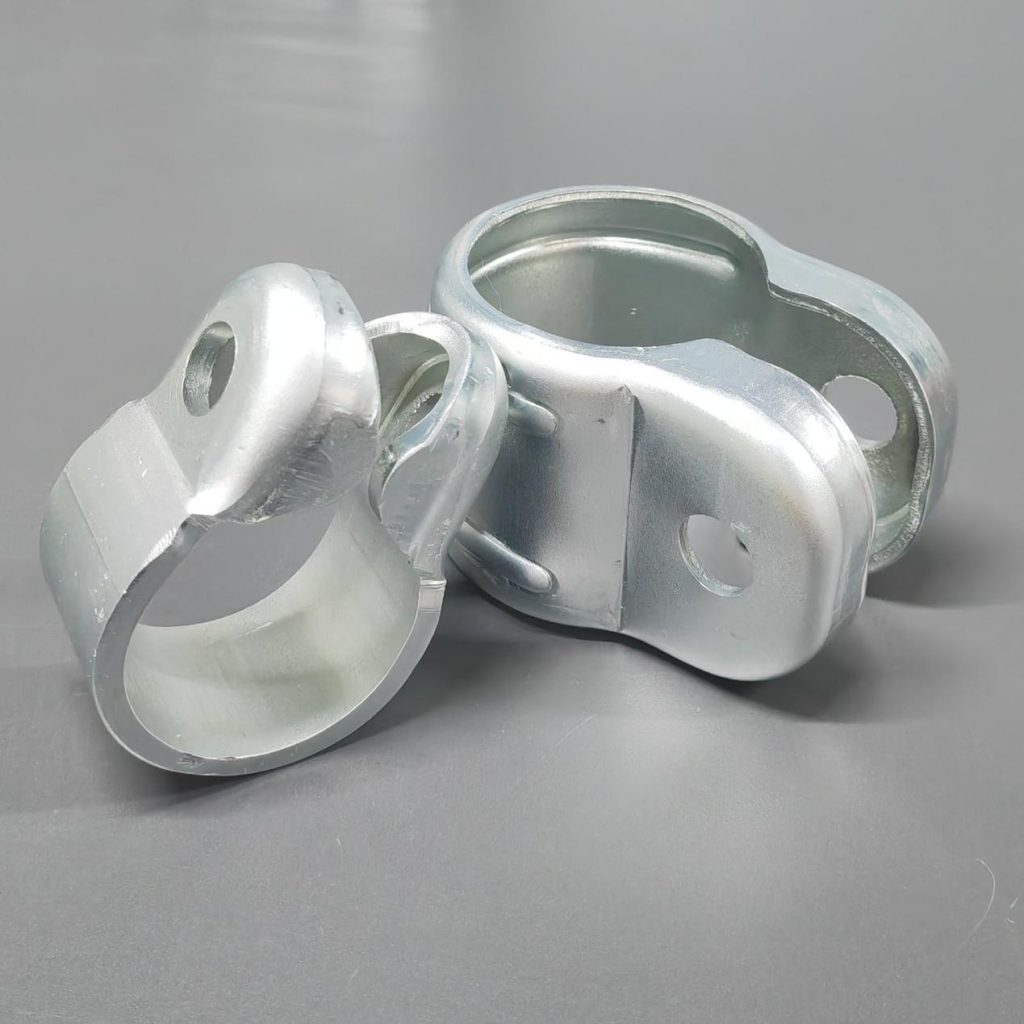6 Key Considerations for Precise Bending of Precision Stamping Parts
Bending is one of the most widely used processes in precision stamping of sheet metal. The quality of the finished product is largely dependent on the operator’s skill and technique. When bending precision stamping parts, it is important to pay attention to the following six key considerations.
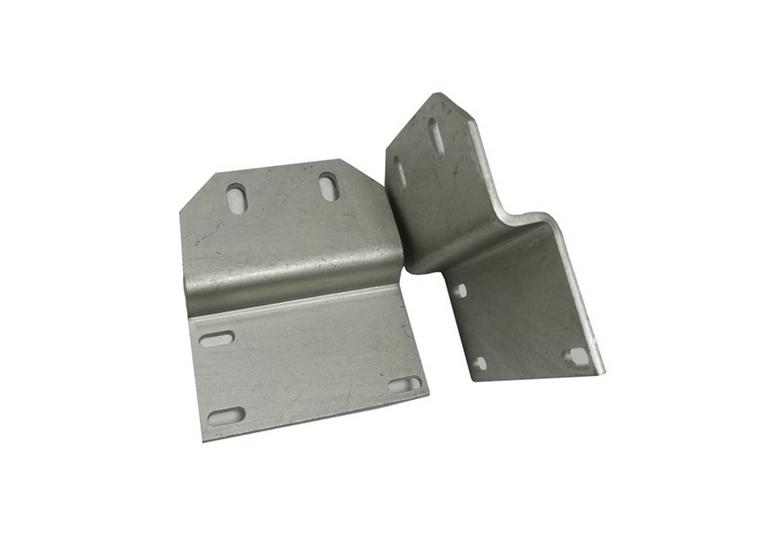
1. Remove burrs from the bend area.
Burrs from cutting or punching can cause stress concentration, which can lead to cracking in the bend area. In this case, it is necessary to reduce the bending deformation or remove the burrs, or choose to place the side with burrs on the inside of the bend area. This is because the inside of the bend area is under pressure, which is less likely to cause cracks in the metal.
2. Control the angle between the bend line and the sheet metal rolling direction.
When bending and laying out parts, the angle between the bend line and the rolling direction should be as follows:
- For single-direction V-shaped bending, the bend line should be perpendicular to the rolling direction.
- For double-direction bending, the bend line is recommended to be at a 45-degree angle to the rolling direction.
3. Control the bend radius of the bend part.
A bend radius that is too small can cause the outer layer of metal to deform beyond its elastic limit and crack. Therefore, the minimum bend radius of the bend part should not be less than the specified data.
4. Prevent bending in the blue brittle zone and hot brittle zone.
When selecting the hot bending process and heating temperature, it is important to avoid bending in the blue brittle zone and hot brittle zone. This is because in certain temperature ranges during heating, the metal can become brittle due to the precipitation or transformation of secondary phases. For example, carbon steel becomes brittle when heated to 200-400°C due to age hardening (the precipitation of inclusions on slip planes at grain boundaries). This temperature range is known as the blue brittle zone (the steel’s properties deteriorate and it is more likely to break, with a blue fracture). In the range of 800-950°C, the metal can also become brittle due to a decrease in plasticity. The same bending operation can cause the part to break in this temperature range, which is known as the hot brittle zone.
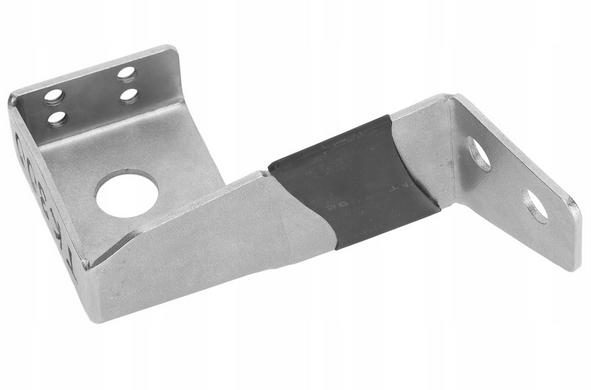
5. Improve the technical condition of the mold working parts.
This mainly involves reducing the surface roughness of the convex and concave mold working surfaces and adjusting the reasonable gap. If the concave mold round corner is worn or the gap is too small, or if the surface roughness of the concave mold is high or the design structure is improper, the feeding resistance will be large and cracking is more likely to occur.
6. The sequence of bending should be correct.
For parts that require multiple bends to form, the bending sequence is generally from the outside to the inside. This means that the corners of the two ends are bent first, followed by the corners of the middle section. The first bend must be considered to provide reliable positioning for the second bend, and the second bend should not affect the already formed part of the first bend.
Additional Considerations
In addition to the six key considerations listed above, there are a few other factors that can affect the quality of bent precision stamped parts. These include:
- The material properties of the part. Some materials are more prone to cracking than others. For example, high-strength steels are more likely to crack than mild steels.
- The thickness of the material. Thicker materials are more likely to crack than thinner materials.
- The speed of the bending operation. Too fast of a bending speed can cause the material to heat up and become more brittle.
By understanding these factors, you can make informed decisions about the best way to bend your precision stamped parts.
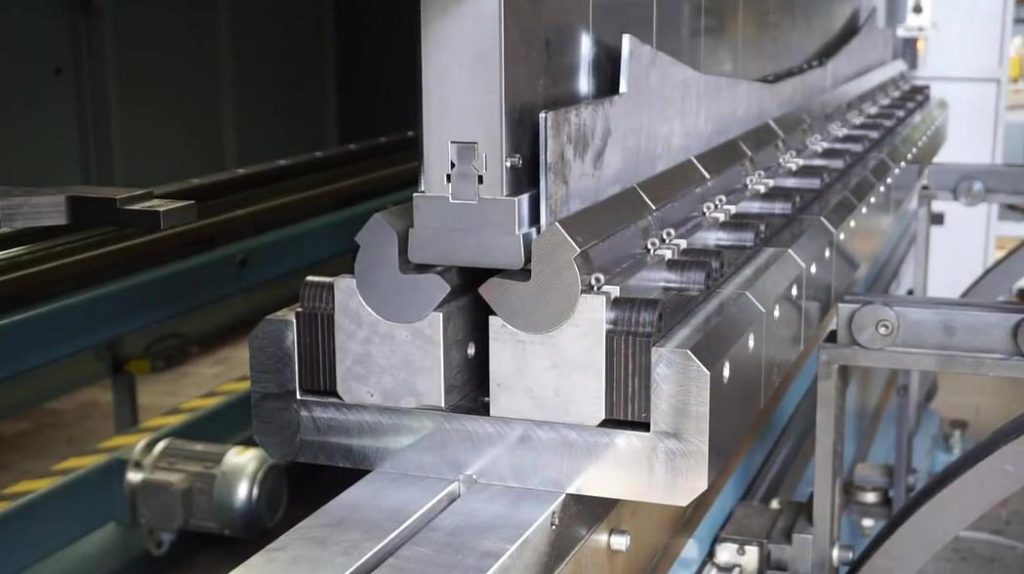
Conclusion
Precise bending of precision stamping parts requires careful attention to detail and proper technique. By following the six key considerations outlined in this article, you can help to ensure that your parts are produced with high quality and accuracy. In addition to these considerations, it is also important to use high-quality materials, sharp tools, and a properly calibrated bending machine. By following these tips, you can produce precision stamping parts that meet your exact specifications.

